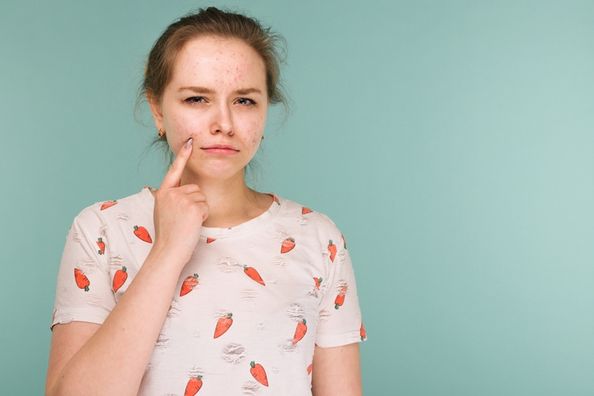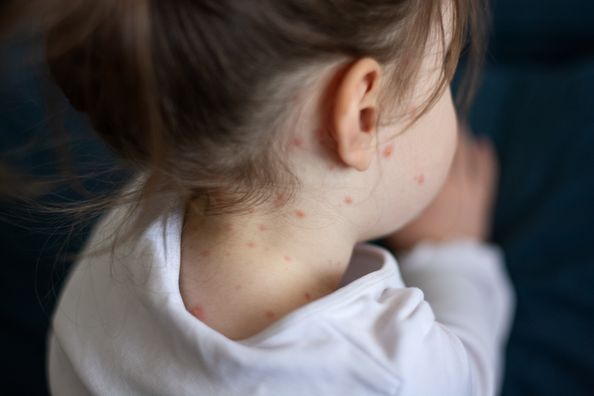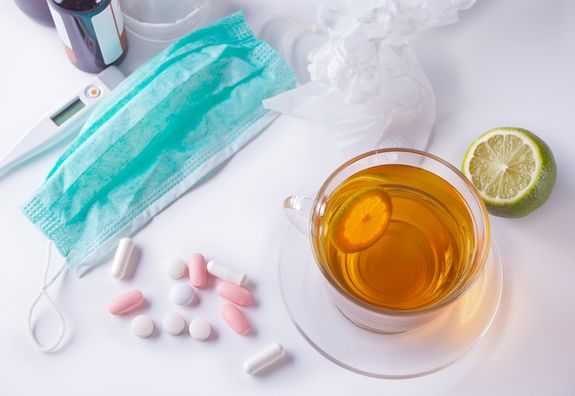Molluscum Contagiosum is a skin disease that is caused by the pox virus. The virus enters the skin through a break in the skin. The virus then incubates and then growths appear. Mollusca usually look like small flesh colored or pink dome shape growths. The have a small central indentation or white core. They often become red and inflamed. They are often found in the folds of the skin but can also appear on the abdomen, chest, groin and face.
It is spread person to person by direct skin-to-skin contact. It can also be spread by scratching an affected area and then touching another unaffected area. Lastly it is possible to spread the disease by coming in contact with an object that has touched an infected area such as a towel, an article of clothing or a toy.
Treatment is similar to the treatment for warts. Growths can be frozen, destroyed with acid or blistering solutions, or scraped off with a curette. Often more than one treatment may be needed.
Children are most at risk as they have not yet developed immunity to the virus.
Molluscum Question & Answers
Q: How long does a molluscum outbreak last?
A: Even without treatment the molluscum virus will resolve on its own, but it may take a while. Here in our office we recommend treating the virus to prevent further spread to other areas of the body and to prevent spreading the virus to other children. It is not uncommon that a patient may need multiple treatments set about four weeks apart before they clear the virus.
Q: How do you treat molluscum?
A: The two most common ways we treat molluscum here in our office is with liquid nitrogen, which is a cold spray that is applied directly to the molluscum. The other way we commonly treat molluscum is with canthrone (nicknamed beetle juice), which is a blistering agent that is also applied directly to the molluscum. Both methods try to wake up the patient’s immune system to fight off the virus. We also prescribe medications that you can use at home on a daily basis to help treat these lesions.
Q: How do I know if my child has molluscum?
A: We recommend bringing your child in to our office to have them evaluated for this condition. Molluscum look like small flesh colored or pink bumps on the skin that has a central white pore. Click the link below to see a picture of Molluscum.
Q: Is molluscum the same as warts?
A: No, they are not the same. Even though molluscums are sometimes referred to as “water warts”, and both conditions may have a similar appearance on the skin, molluscum is caused by the pox virus. The pox virus is not the same virus that causes warts.
Q: How do you prevent spreading molluscum?
A: You can keep the areas with the molluscum covered with a Band-Aid or clothing during the day when your child will be around other children. Avoid sharing towels, clothing and personal products with others who are not infected. Also, advise your child to avoid scratching or picking at the bumps and to wash their hands frequently.
Q: Can you be re-infected with the molluscum virus after you are cured?
A: Yes. Unfortunately, recovery from one infection does not prevent future infections. That is why it is important that you avoid skin-to-skin contact with an infected individual.
Health Topics:







